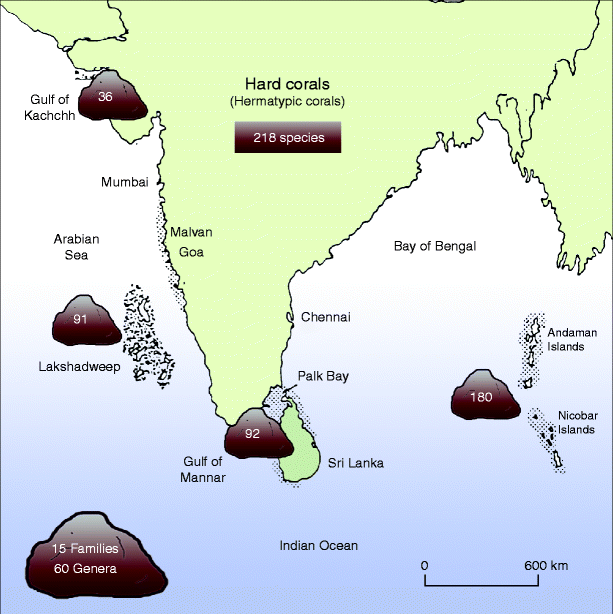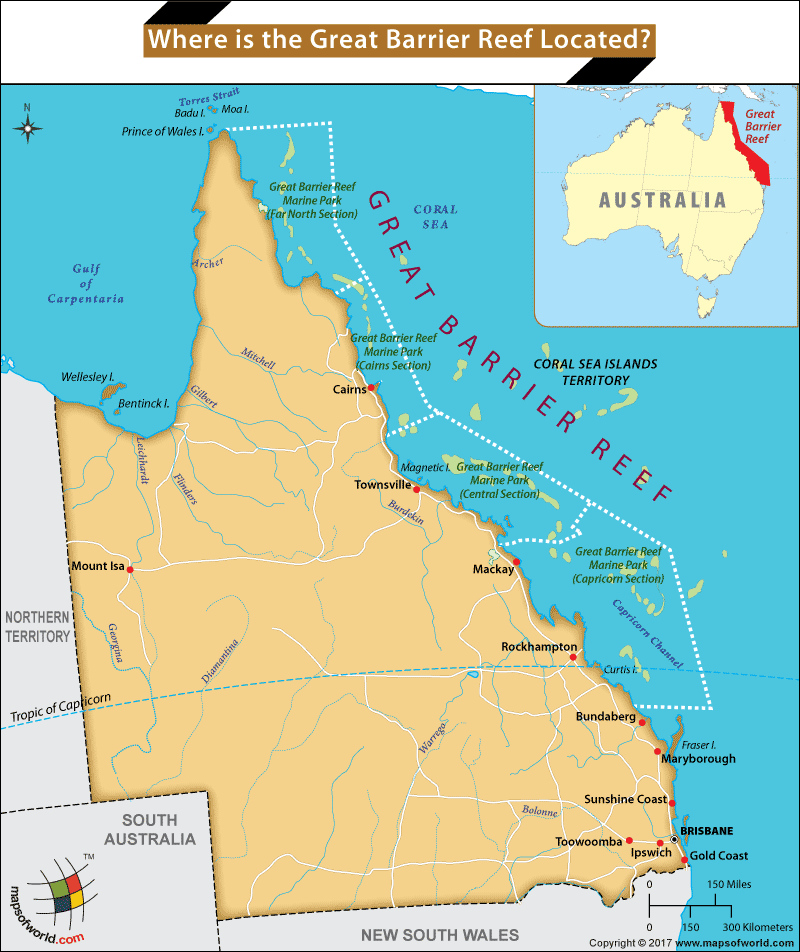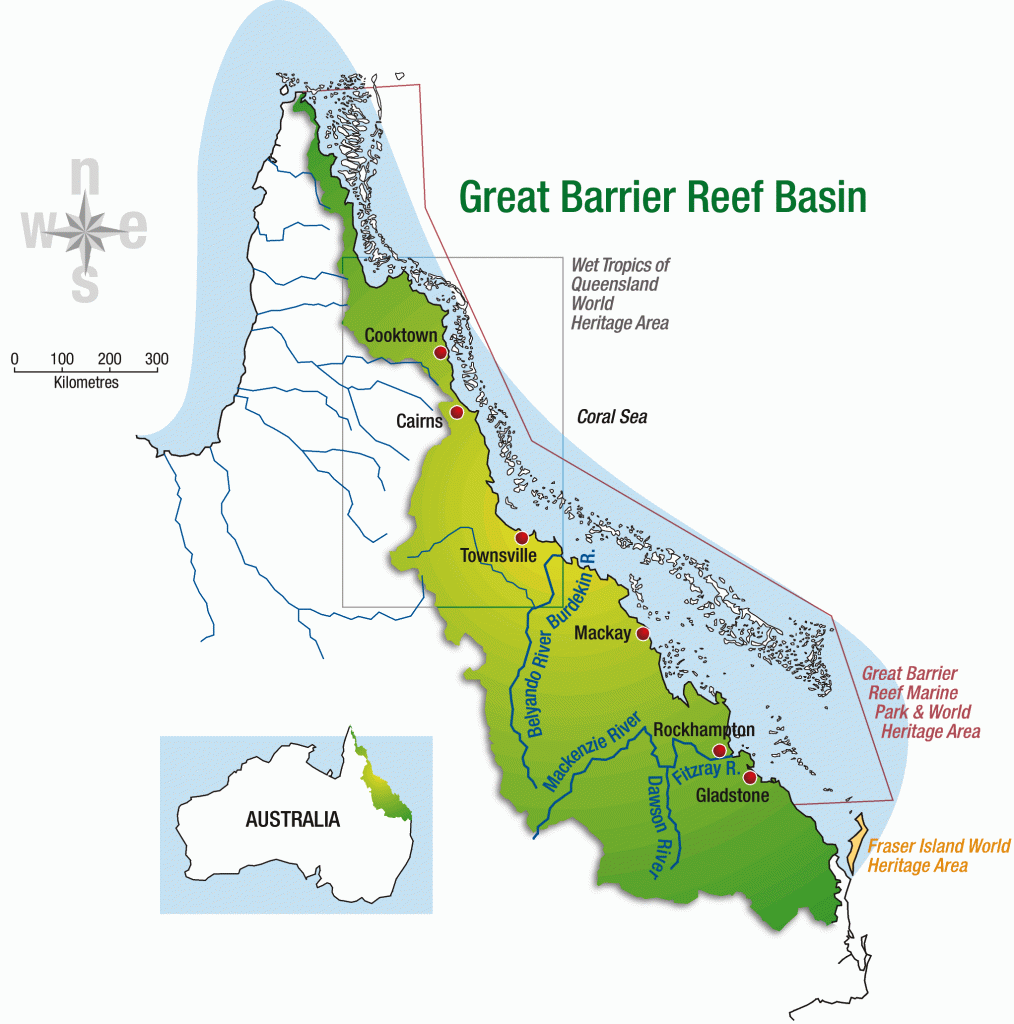Oceans Issues and Threats – Currently our Oceans are facing the following major problems:
- Over Fishing
- Predation of Top predators
- Ocean Acidification
- Coral Bleaching
- Ocean Dead Zone
- Heavy metal Pollution
- Plastic Pollution
Over Fishing
- Overfishing is having some serious impacts on our oceans. Not only does it work towards wiping out a species, but also the other species of marine animals that are dependent upon those fish for survival. It’s been shown that overfishing can cause marine animals to starve since we’re taking food from their mouths in too large of numbers for them to be able to get their fill. It is also estimated that most seas already need long term fishing bans if certain species are to recover at all.
- Apart from it, the processes that are being used for fishing are causing more havoc. We use some pretty destructive methods in how we pull catches, including bottom trawling which destroys seafloor habitat and scoops up many unwanted fish and animals that are tossed aside. We also pull far too many fish to be sustainable, pushing many species to the point of being listed as threatened and endangered.
- The main reason for overfishing is a sudden increase in the demand for seafood. We are trying to diversify our food sources and recently more impetus is given to seafood citing its health benefits.
Predation of Top predators
- Sharks are killed in the tens of millions each year, mainly for their fins. It is a common practice to catch sharks, cut off their fins, and toss them back into the ocean where they are left to die. The fins are sold as an ingredient for soup. And the waste is extraordinary.
- Sharks are top-of-the-food-chain predators, which means their reproduction rate is slow. Their numbers don’t bounce back easily from overfishing. On top of that, their predator status also helps regulate the numbers of other species. When a major predator is taken out of the loop, it’s usually the case that species lower on the food chain start to overpopulate their habitat, creating a destructive downward spiral of the ecosystem.
- Whaling is also a major problem pushing the population of a blue whale to the brink.
Ocean Acidification
- Ocean acidification is no small issue. The basic science behind acidification is that the ocean absorbs CO2 through natural processes, but at the rate at which we’re pumping it into the atmosphere through burning fossil fuels, the ocean’s pH balance is dropping to the point where life within the ocean is having trouble coping.
- “Ocean acidification is more rapid than ever in the history of the earth and if you look at the pCO2 (partial pressure of carbon dioxide) levels we have reached now, you have to go back 35 million years in time to find the equivalents,” said Jelle Bijma, chair of the EuroCLIMATE program Scientific Committee and a biogeochemist at the Alfred Wegener-Institute Bremerhaven.
- You need to understand that the pH of ocean water is basic. It is around 8.1 on average. With ocean acidification, the pH is coming slightly less. This does not mean that is has come less than 7. If it gets less than seven, then nothing would survive.
Coral Bleaching
What are Coral Reefs?
Coral reefs are the colonies of tiny living creatures that are found in oceans. They are the underwater structures that are formed of coral polyps that are held together by calcium carbonate. Coral reefs are also regarded as the tropical rainforest of the sea and occupy just 0.1% of the ocean’s surface but are home to 25% of marine species. They are usually found in shallow areas at a depth less than 150 feet. However, some coral reefs extend even deeper, up to about 450 feet.
Coral polyps are the individual corals that are found on the calcium carbonate exoskeletons of their ancestors. Corals can be found in all the oceans but the biggest coral reefs are mostly found in the clear, shallow waters of the tropics and subtropics.
Growth conditions for Coral Reefs
- The temperature of the water should not be below 20°C. The most favorable temperature for the growth of the coral reefs is between 23°C to 25°C. The temperature should not exceed 35°C.
- Corals can survive only under saline conditions with an average salinity between 27% to 40%.
- Coral reefs grow better in shallow water having a depth of less than 50 m. The depth of the water should not exceed 200m.
Types of Coral Reefs
Coral Reefs are differentiated into three categories based on their shape, nature, and mode of occurrence.
- Fringing Reef: The coral reefs that are found very close to the land and forms a shallow lagoon known as Boat Channel are called Fringing Coral Reefs. The Fringing Reefs develop along with the islands and the continental margins. They grow from the deep bottom of the sea and have their seaward side sloping steeply into the deep sea. Fringing Reefs are the most commonly found coral reefs among the three. For example Sakau Island in New Hebrides, South Florida Reef.
- Barrier Reef: Barrier Reefs are considered as the largest, highest and widest reefs among the three coral reefs. They develop off the coast and parallel to the shore as a broken and irregular ring. Being the largest reef among all, they run for 100kms and is several kilometers wide. One example of the Barrier Reef is the Great Barrier Reef of Australia which is 1200 miles long.
- Atolls: An atoll can be defined as a reef that is roughly circular and surrounds a large central lagoon. This lagoon is mostly deep having a depth of 80-150 meters. The atolls are situated away from the deep sea platforms and are found around an island or on a submarine platform in an elliptical form. For example Fiji Atolls, Suvadivo in the Maldives, and Funafoothis Atoll of Ellice.
Coral Reefs in India

The major coral reefs in India include Palk Bay, the Gulf of Mannar, the Gulf of Kutch, the Andaman and Nicobar Islands, the Lakshadweep Islands, and Malvan. Among all these coral reefs, the Lakshadweep reef is an example of an atoll while the rest are all fringing reefs.

Coral Bleaching
Basically, bleaching is when the corals expel certain algae known as zooxanthellae, which live in the tissues of the coral in a symbiotic relationship.
About 90% of the energy of the coral is provided by the zooxanthellae which are endowed with chlorophyll and other pigments. They are responsible for the yellow or reddish-brown colors of the host coral.
When corals are stressed by changes in conditions such as temperature, light, or nutrients, they expel the symbiotic algae living in their tissues, causing them to turn completely white. This phenomenon is called coral bleaching.
- The pale white color is of the translucent tissues of calcium carbonate which are visible due to the loss of pigment-producing zooxanthellae.
- Corals can recover if the stress-caused bleaching is not severe.
- Coral bleaching has occurred in the Caribbean, Indian, and Pacific oceans on a regular basis.
- When a coral bleaches, it does not die but comes pretty close to it. Some of the corals may survive the experience and recover once the sea surface temperature returns to normal levels.
Causes of Coral Bleaching?
- The rise in Sea Temperature: Most coral species live in waters close to the warmest temperature they can tolerate i.e., a slight increase in ocean temperature can harm corals. El Nino elevates the sea temperature and destroys coral reefs.
- Ocean Acidification: Due to rising in carbon dioxide levels, oceans absorb more carbon dioxide. This increases the acidity of ocean water and inhibits the coral’s ability to create calcareous skeletons, which is essential for their survival.
- Solar radiation and ultraviolet radiation: Changes in tropical weather patterns result in less cloud cover and more radiation which induces coral bleaching.
- Infectious Diseases: Penetration of bacterium like vibrio shiloi inhibits photosynthesis of zooxanthellae. These bacteria become more potent with elevated sea temperatures.
- Chemical Pollution: Increased nutrient concentrations affect corals by promoting phytoplankton growth, which in turn supports increased numbers of organisms that compete with coral for space.
- Increased Sedimentation: Land clearing and coastal construction result in high rates of erosion and a higher density of suspended silt particles which can
- smother corals when particles settle out (sedimentation),
- reducing light availability (turbidity) and
- potentially reducing coral photosynthesis and growth.
- Human-Induced Threats: Over-fishing, pollution from agricultural and industrial runoff, coral mining, development of industrial areas near coral ecosystems also adversely impact corals.
Consequences
- Changes in coral communities can affect the species that depend on them, such as the fish and invertebrates that rely on live coral for food, shelter. The loss of such marine animals can disturb the entire food chain.
- Declines in genetic and species diversity may occur when corals die as a result of bleaching.
- Healthy coral reefs attract divers and other tourists. Bleached and degraded reefs can discourage tourism, which can affect the local economy.
- Coral bleaching can cause large shifts in fish communities. This can translate into reduced catches for fishers, which in turn impacts food supply and associated economic activities.
- Coral reefs protect coastlines by absorbing constant wave energy from the ocean, thereby protecting people living near the coast from increased storm damage, erosion, and flooding.
Ocean Dead Zone
- Dead zones are swaths of ocean that don’t support life due to a lack of oxygen, and global warming is a prime suspect for what’s behind the shifts in ocean behavior that cause dead zones. The number of dead zones is growing at an alarming rate, with over 400 known to exist, and the number is expected to grow.
- Dead zone research underscores the interconnectedness of our planet. It appears that crop biodiversity on land could help prevent dead zones in the ocean by reducing or eliminating the use of fertilizers and pesticides that run off into the open ocean and are part of the cause of dead zones.
Heavy metal Pollution
- Mercury is the scariest pollutant that is being added to the ocean water. What makes it harmful is the fact that it is ending up on the dinner table. According to estimates, it is about to increase. Almost all coastal countries are facing the problem of mercury poisoning.
- The long shelf life of mercury allows it to get bioaccumulated and magnified. The main source of mercury in water is Coal based thermal power plants.
- Under Minamata, convention countries are trying to reduce the use and production of mercury.
Plastic Pollution
- Large masses of plastic are swirling in the ocean. A giant patch of plastic soup the size of Texas sitting smack dab in the middle of the Pacific Ocean.
- Many large fishes are choking on plastics. Plastic bags are ingested by the fishes and they get set in the digestive tract. This does not leave any space for the food and fishes die due to starvation.
- Most of the plastic is finding its way to the ocean through drains and rivers.
Great Barrier Reef
The Great Barrier Reef is the world’s largest coral reef system composed of over 2,900 individual reefs and 900 islands stretching for over 2,300 kilometres over an area of approximately 344,400 square kilometres. The reef is located in the Coral Sea, off the coast of Queensland, Australia.

The Great Barrier Reef can be seen from outer space and is the world’s biggest single structure made by living organisms. This reef structure is composed of and built by billions of tiny organisms, known as coral polyps. It supports a wide diversity of life and was selected as a World Heritage Site in 1981.
The Great Barrier Reef Marine Park, is roughly the size of Italy, is home to about 3,000 coral reefs, 600 continental islands, 1,625 type of fish, 133 varieties of shark and rays, and 600 types of soft and hard corals.

- Coral reefs
- Open ocean
- Tropical rainforest
- Deserts
Select the correct answer code:
a) 1-3-2-4
b) 3-1-2-4
c) 3-1-4-2
d) 1-3-4-2


thakyou so much for such a good content